My wife loves to tell people how we happened upon the parcel of land that is now Infrastructure Technology Solutions (ITS); we simply followed the fiber.
No, we didn’t drive around Eastern Iowa aimlessly following neon orange fiber markers – we simply took note of which fiber ran where in the areas that could support a data center. Multiple fiber providers happened to intersect on one parcel of land and provided the redundancy we sought, and the land happened to be for sale.
During the purchasing process we also discovered that two power companies served the parcel, which sweetened the deal immensely.
ITS is fortunate in its find: broadband availability in Eastern Iowa can be spotty, especially in rural areas and smaller communities. Finding multiple providers to service one municipality is especially rare.
Leading up to the release of the National Broadband Plan, cities in Iowa began announcing plans to compete in Google’s “think big with a gig” contest that utilizes dark fiber Google began quietly purchasing in 2005. Ames, Des Moines and Iowa City have all released grassroots web campaigns to woo Google and make a case for the awesome things their city could do with faster and more affordable broadband.
If Google’s gig doesn’t choose your city, perhaps the US Government will. Below we have listed several of the main goals of the National Broadband Plan (from http://www.broadband.gov/) recently released by the FCC, and shared our thoughts and experiences where appropriate. We would love to hear yours, as well.
Goal No. 1: At least 100 million U.S. homes should have affordable access to actual download speeds of at least 100 megabits per second and actual upload speeds of at least 50 megabits per second.
Do you know what your current download and upload speeds are, and what that even means? We use the websites www.speedtest.net and www.speakeasy.net/speedtest to test bandwidth when we are testing equipment and setups.
Most LAN networks were, and many still are, 100 megabits/second. Picture moving around the internet at the speed that you could move around a snappy network at school or at the office – nice, right? Adding the component of Cloud Computing makes more robust bandwidth even more exciting – you could have a snappy, LAN-like connection with your data no matter where it is stored.
Even more importantly, downloading information at 100 megabits per seconds also means that you can stream your Netflix or download your iTunes movies fluently.
Goal No. 2: The United States should lead the world in mobile innovation, with the fastest and most extensive wireless networks of any nation.
Doing business at the speed of light…does that mean we can finally get iPhones in this area?
Goal No. 3: Every American should have affordable access to robust broadband service, and the means and skills to subscribe if they so choose.
Goal No. 4: Every community should have affordable access to at least 1 gigabit per second broadband service to anchor institutions such as schools, hospitals, and government buildings.
Schools can currently take advantage of e-Rate – a government program that provides up to a 90% discount for schools and libraries that qualify based on free/reduced-lunch numbers and rural/urban location.
However, schools applying for E-Rate discounts cannot use equipment funded by those monies to provided internet access to communities, whether acting as an ISP or opening the computer lab for after-hours users.
If E-Rate funding increased (something we haven’t seen in ten years), could schools with powerful broadband connectivity become an internet hub for their communities? If so, how would schools handle the filter settings they must comply with when accepting E-Rate funding. Would second-hand users of the school broadband be limited by the same filters?
Goal No. 5: To ensure the safety of American communities, every first responder should have access to a nationwide, wireless, interoperable broadband public safety network.
Goal No. 6: To ensure that America leads in the clean energy economy, every American should be able to use broadband to track and manage their real-time energy consumption.
It will be interesting to see how providers and government entities prepare to address nationwide broadband concerns, and how that impacts businesses, communities and consumers.
